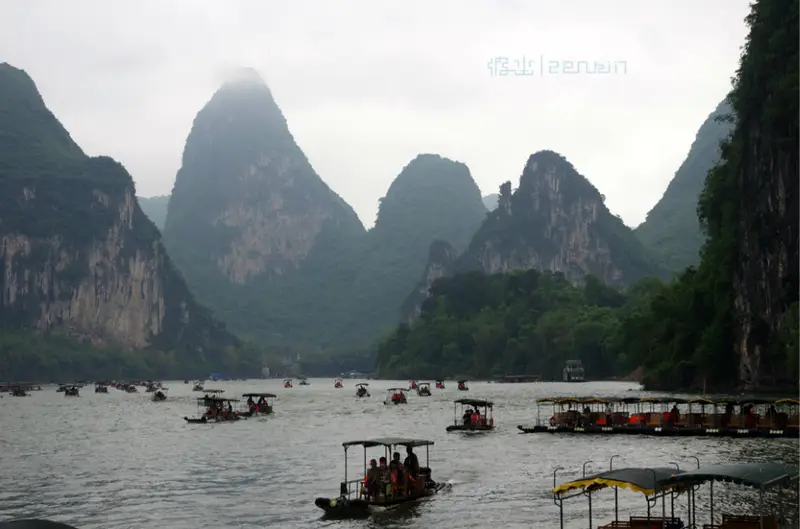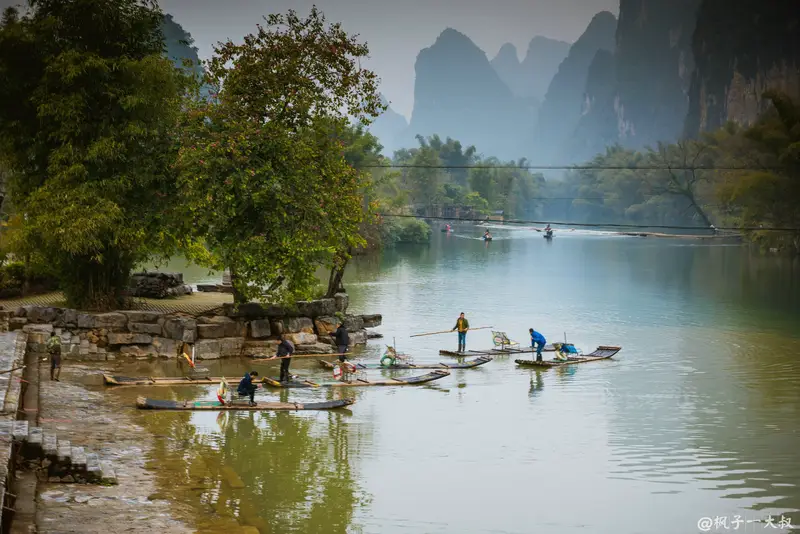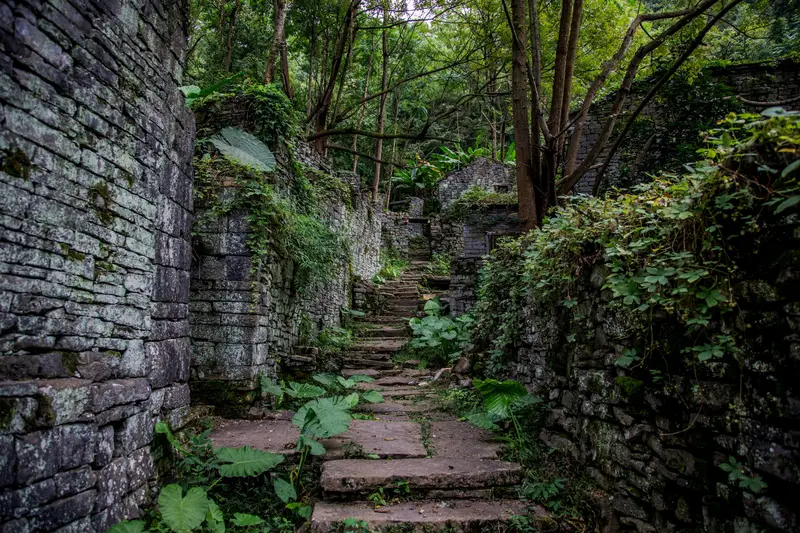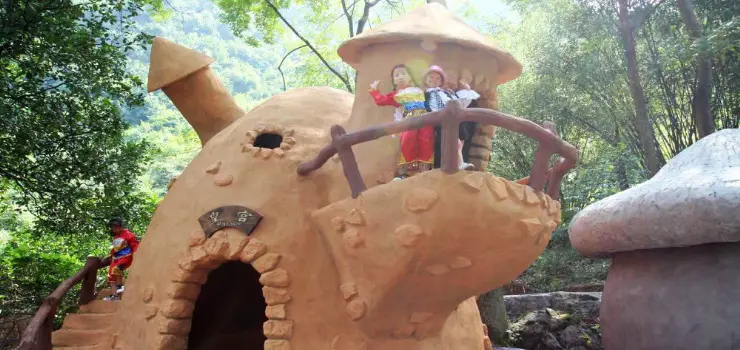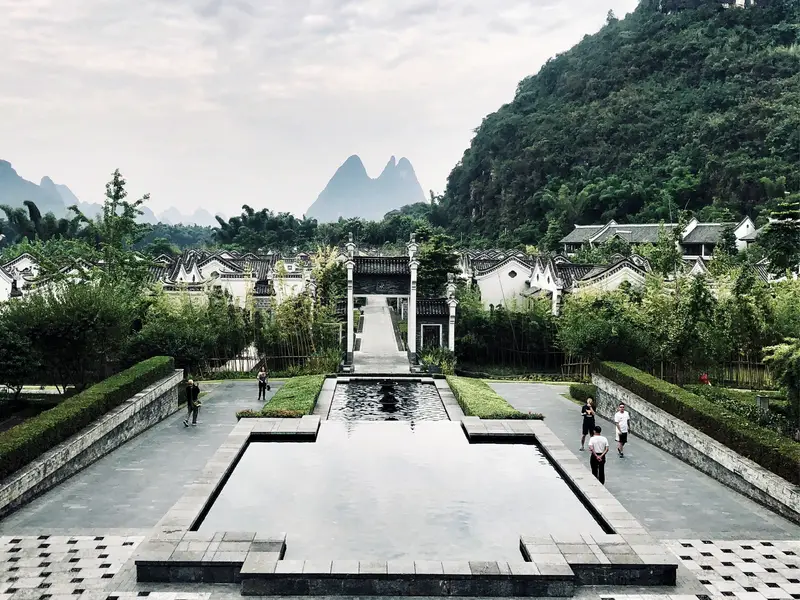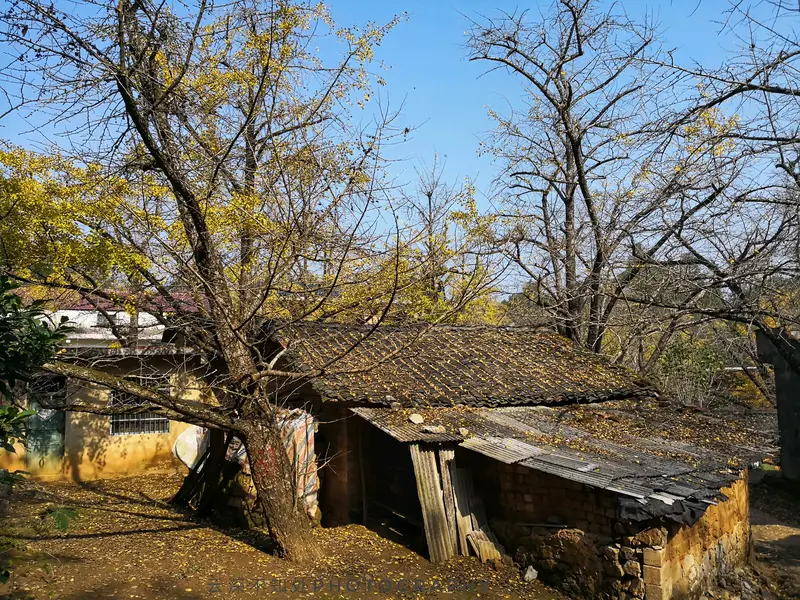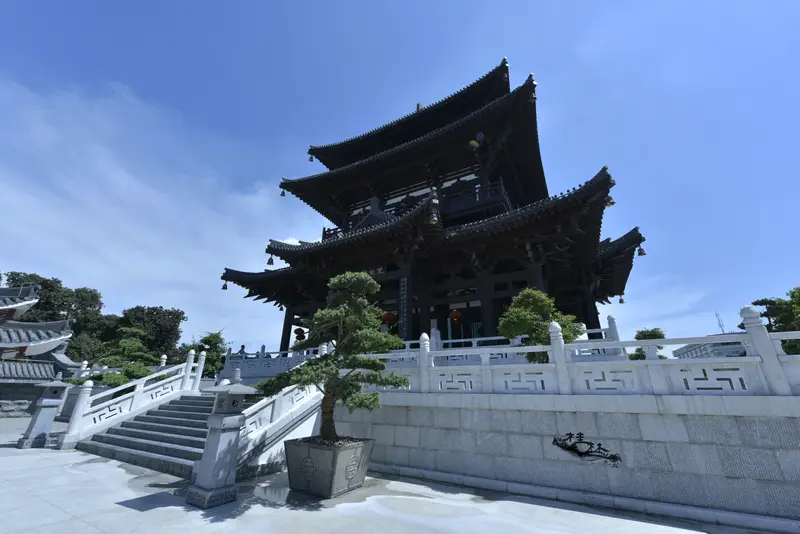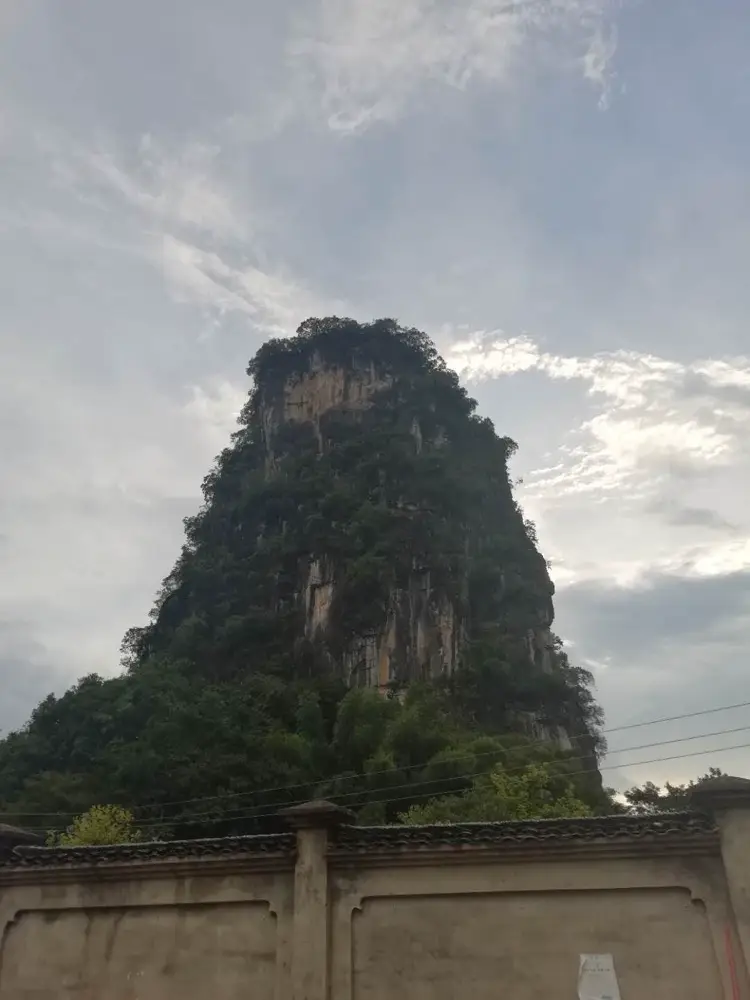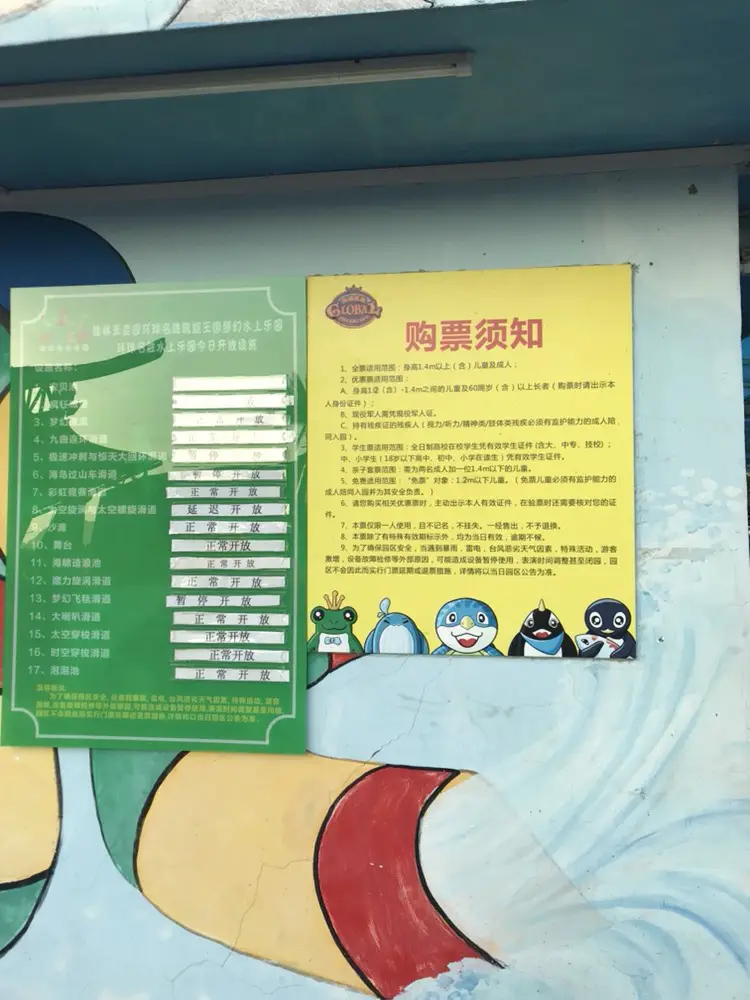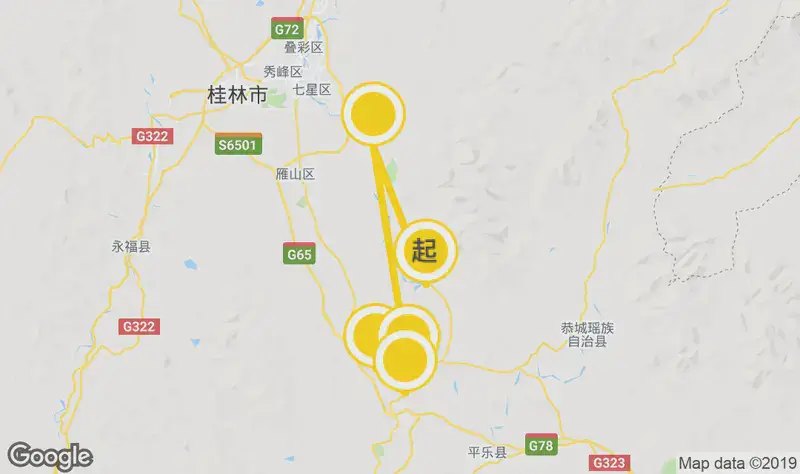Geographical Location & Transportation
Shutongshan, a hidden gem in Guilin’s stunning landscape, sits at the intersection of Tianjia River and the Li River in Yangshuo, Guangxi Zhuang Autonomous Region. Just 2 kilometers southeast of Yangshuo County, it’s easy to reach by taxi, bike, or even a leisurely walk from the city center. If you’re already exploring Yangshuo’s iconic Reed Flute Cave or West Street, Shutongshan makes for a perfect day-trip extension. The nearest bus stop is a 10-minute ride away, and parking is available near the riverside entrance.
Natural Wonders: A Mountain That Comes to Life
Shutongshan’s charm lies in its vivid shapes and serene beauty. From afar, the cylindrical peak rises like a graceful girl standing tall, her “hair” flowing smoothly against the sky. But step closer, and the story changes—a steep, carved-like cliff reveals a separate stone pillar that looks exactly like a robed scholar deep in study. This “bookish boy” (as locals call him) even has closed eyes and a calm smile, as if lost in thought. To the east, Zhuobijia Peak (Pencil Peak) thrusts skyward like a giant brush ready to paint the clouds, while Jigoushan (Rooster Mountain) to the south mimics a crowing rooster. Together, these peaks create a living canvas that mirrors perfectly in the glassy river below, especially at dawn or dusk.
Cultural Stories: Legends in Stone
The name “Shutongshan” comes from the scholar-shaped rock—legend says he’s so devoted to reading that he didn’t notice his robes turning to stone! Nearby, Zhuobijia Peak symbolizes literary talent, while Jigoushan represents the scholar waking up at morning to study. Locals joke that the mountains here form a “study group”: the scholar reads, the rooster crows, and the pencil writes. It’s no wonder poets once praised this spot for its “morning rooster, book in hand” spirit.
Must-See Views: Photography Paradise
For postcard-perfect shots, head to the riverbank at sunrise. The peaks’ reflections create a dreamy, upside-down world where mountains float on water. A wooden viewing platform offers a clear angle of Shutongshan’s scholarly silhouette, while a short hike along the river trail leads to hidden spots where you can frame the peaks with bamboo groves or lotus flowers (in season). At sunset, the golden light turns the limestone gold, and mist rising from the river adds an ethereal touch.
Practical Tips: What to Bring & When to Visit
- Best Time: Early morning (for soft light and rooster sounds!) or late afternoon. Avoid midday crowds.
- Footwear: Comfy shoes—the river path has rocks, but it’s mostly flat.
- Essentials: Camera, hat, and sunscreen. Bring cash for snacks from riverside vendors selling bananas or tea.
- Extra Treat: Rent a bamboo raft to see Shutongshan from the water. The backside view includes more karst peaks reflecting in the river—it’s like a fairy tale!
Off-the-Beaten-Path Charm
Unlike crowded spots like Elephant Trunk Hill, Shutongshan feels peaceful. You’ll hear birds, water lapping, and maybe a fisherman’s song. There’s no entry fee, but small donations to maintain the viewing area are appreciated. Nearby, try Lico Rice Wine from a local shop—it’s said the scholar-shaped rock enjoys a sip too!
Whether you’re a history buff, nature lover, or photography addict, Shutongshan offers a magical mix of stories, scenery, and serenity. Don’t miss this chance to meet Guilin’s most famous “student”—he’s been waiting for readers like you for centuries!


